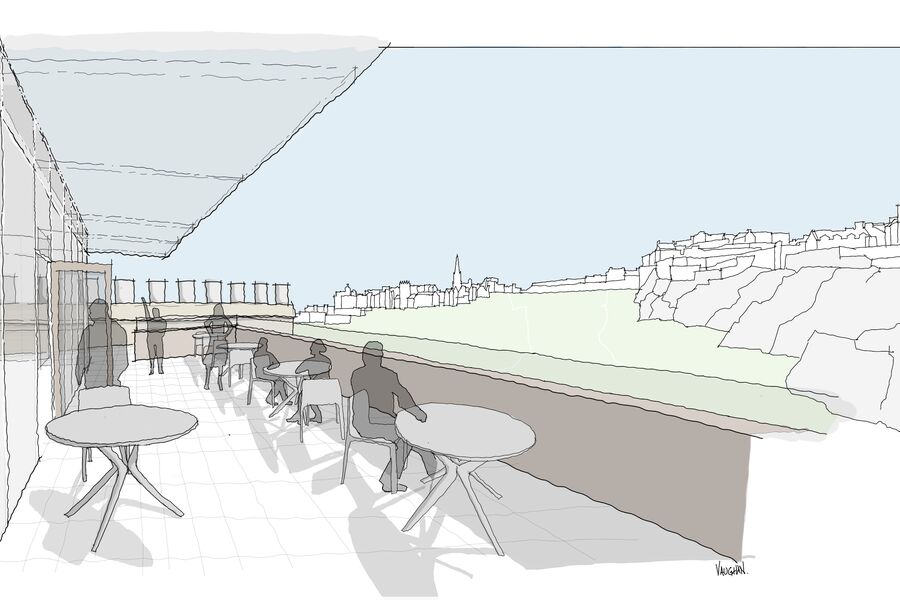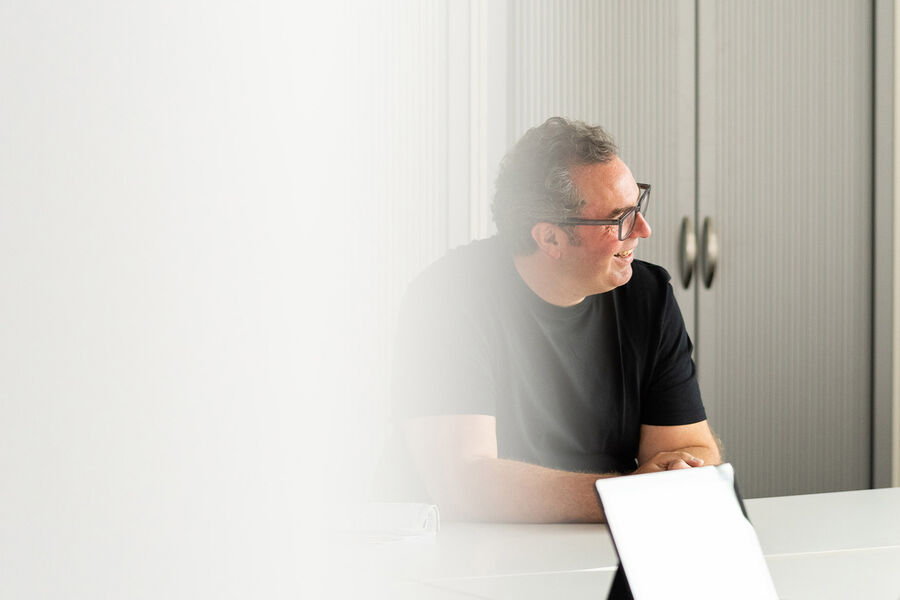17 March 20255 min read
Sustainability Meets Creativity in Hotel Design
Amanda McMorris
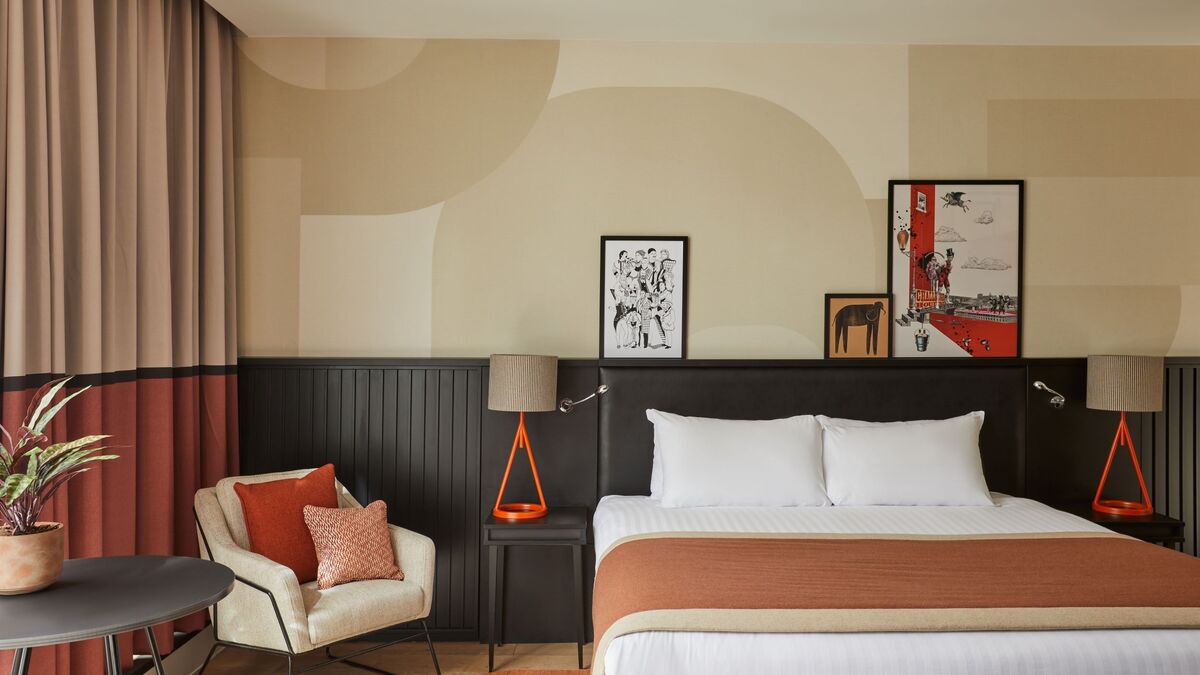
Sustainability in hotel design is no longer an afterthought – it’s vital to good design.
As hoteliers and designers look for ways to refurbish and redesign with less impact, less waste, and less cost, repurposing has emerged as a key design strategy. By breathing new life into existing elements, hotels can reduce waste, enhance guest experiences, and create unique, story-rich interiors.
Repurposed furniture is more than just an eco-choice—it’s a design statement. These elements add character, history, and authenticity to a space, resonating with guests on a deeper level. Boutique hotels, in particular, are embracing repurposing as a way to differentiate themselves in a competitive market.
Why repurpose?
The global focus on waste reduction has propelled the concept of repurposing to the forefront of interior design. Hotels, with their high turnover of furniture due to wear and tear or changing trends, are ideal candidates for upcycling. Instead of discarding dated elements, as designers we are looking at innovative ways to transform and integrate these into refreshed interiors - reducing landfill contributions and supporting a circular economy.
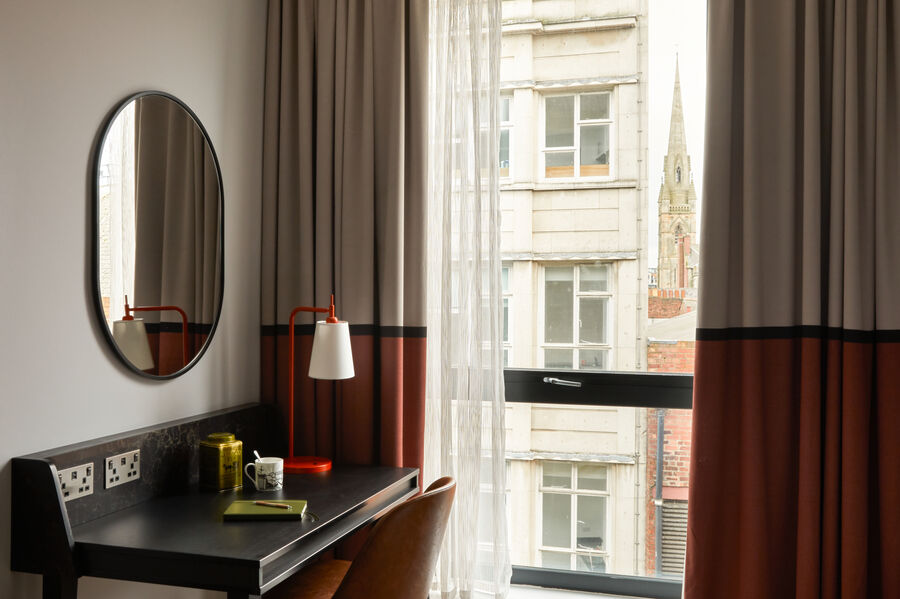
Hotel Indigo, Newcastle
A striking example of this is our recent refurbishment of Hotel Indigo in Newcastle. Tired black ash guestroom casegoods were revitalised with a few carefully considered updates. Black slatted timber panels were added to each end of the headboard, instantly creating a more sophisticated look. The addition of an engineered stone top and timber upstand transformed a basic desk into a contemporary, refined piece. Integrated power solutions further elevated the guest experience. By carefully enhancing select elements, we delivered a dramatic upgrade to the guestroom with a surprisingly modest investment.
Starting with Quality
For repurposing to be truly effective the furniture must be of solid construction and of good quality to begin with. Decades ago, craftsmen prioritised quality, creating furniture built to withstand the wear and tear of busy hospitality environments. Many of the pieces we encounter during refurbishments remain in remarkably good condition—a testament to their quality materials and craftsmanship. They just might not fit current design ideals.
Increasing pressure on budgets has driven a shift toward more affordable furniture, often at the expense of longevity.
Investing in higher-quality FF&E not only extends the lifespan of furniture in its original form but also allows repurposing or reupholstering when a refresh is needed. This approach is both sustainable and cost-effective choice, making it a worthy consideration when refurbishment budgets are set.
At Marriott Bristol Royal, we demonstrated the power of enhancement by refreshing the solid mahogany reception desk with upholstered panels. The result? A completely transformed look with maximum impact!
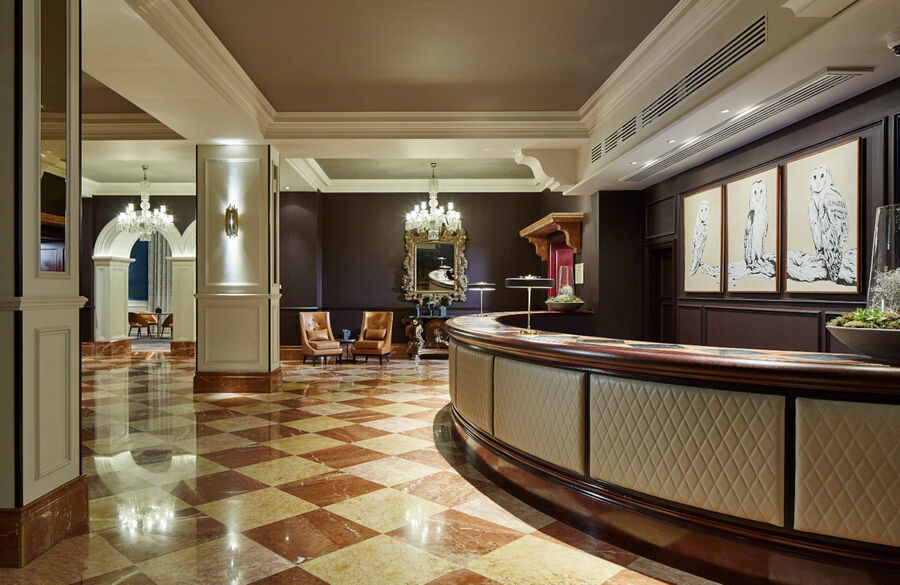
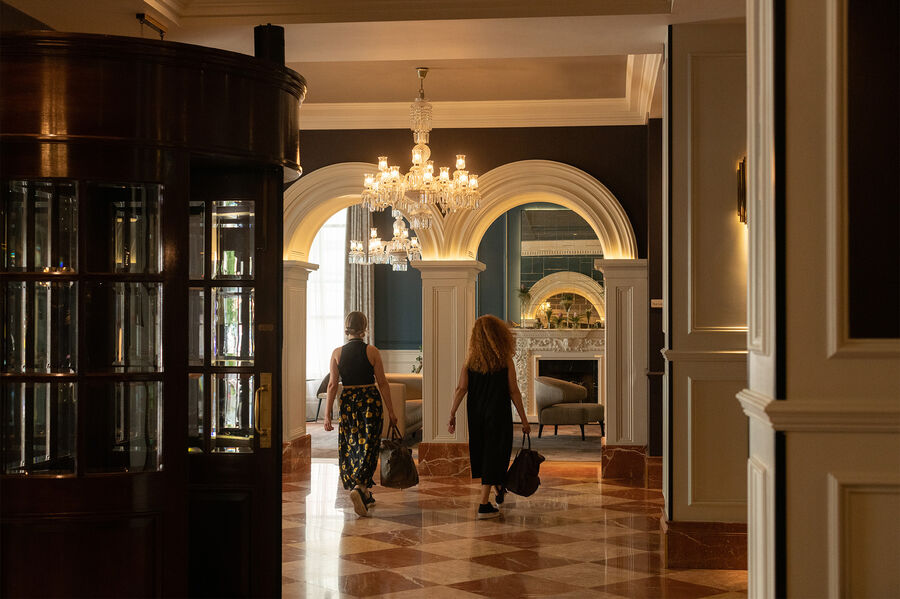
Storytelling Through Design
For example, in our recent project at Hotel Indigo in Dundee, we transformed original mill doors into a striking lobby art installation. This creative reuse of architectural elements preserved the building’s heritage while introducing a visually compelling feature.
Similarly, as part of our work on Glasgow’s iconic North Rotunda, many of the building’s original features have been incorporated into the interior design. We have retained the existing brickwork wherever possible, blending timeless character with a new, refined aesthetic. These thoughtful touches enhance the guest experience and reinforce a hotel’s unique identity.
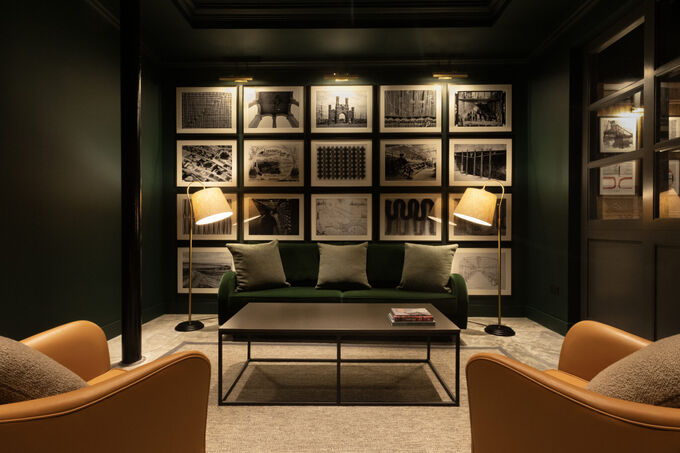
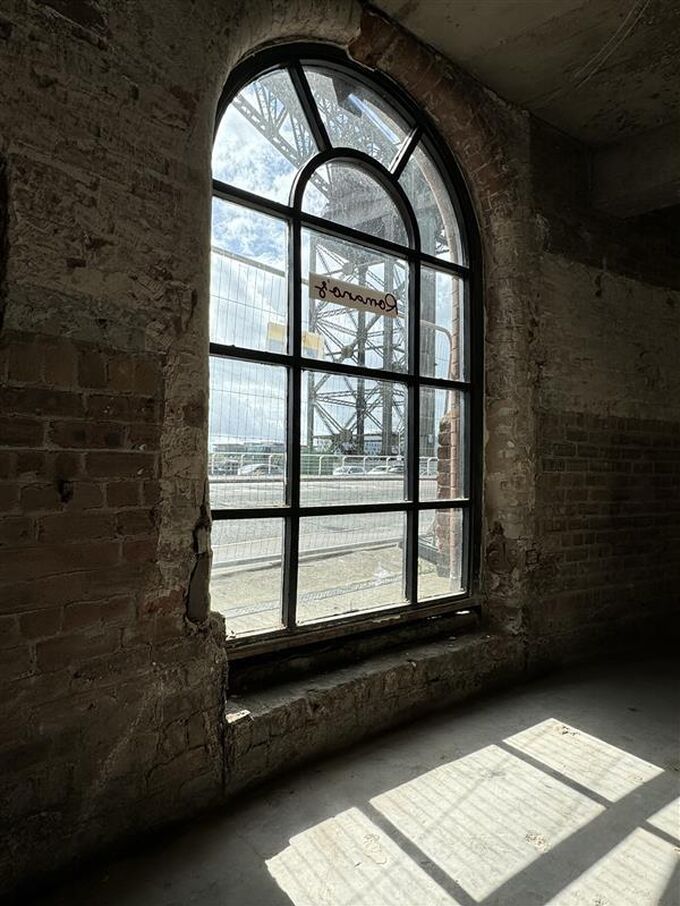
Overcoming Challenges and The Future of Sustainable Hotel Refurbishment
While repurposing offers numerous benefits, it does come with challenges.
Ensuring that repurposed pieces meet safety and durability standards is critical in a commercial setting. Additionally, transforming existing furniture can take time, effort, and expertise. At Ica, we’ve built strong relationships with partners to allow us to bring our repurposing visions to life for our clients. We know exactly who to turn to for every project!
The effort is well worth it, as hotels that invest in repurposing not only reduce environmental impact but also differentiate themselves in a competitive industry.
As hospitality evolves, repurposing is set to play a central role in shaping the strategy for bringing new life to existing properties. Guests are seeking meaningful, authentic, environmentally conscious experiences and hotels that align with these values will stand out.
By embracing this approach, hotels aren’t just updating their interiors; they’re contributing to a more responsible and innovative future for the industry.
Ultimately, repurposing is more than a design trend. It’s about reimagining possibilities, finding beauty in unexpected places, and weaving sustainability into the fabric of hospitality design.
More projects

Sustainable Hotel Brand Prototype
The most sustainable hotel in the world
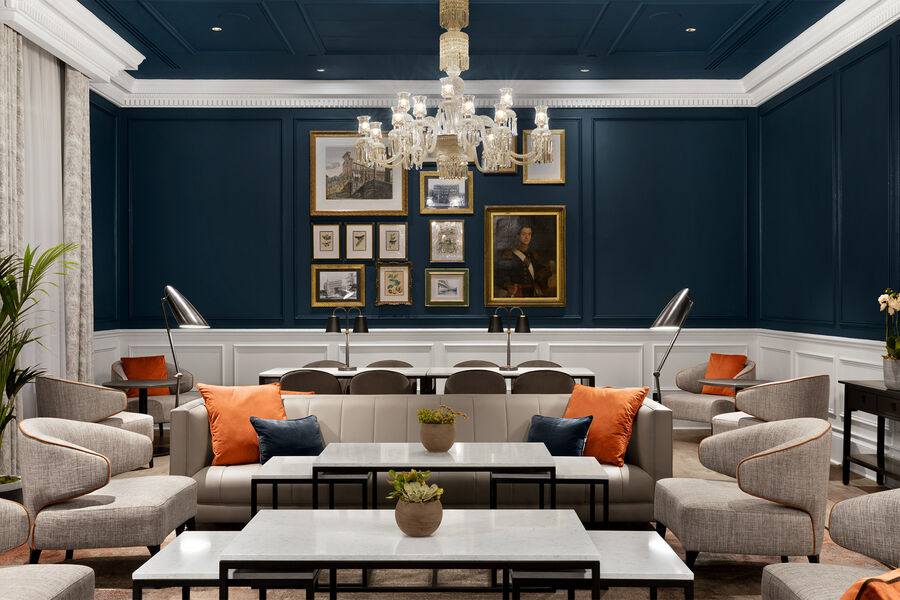
Marriott Bristol Royal
Sometimes the lightest touch is all it takes to catalyse the most spectacular transformation

Hotel Indigo Newcastle
A tale of historic change, revolutionary ingenuity, bustling life and we’re a part of it.
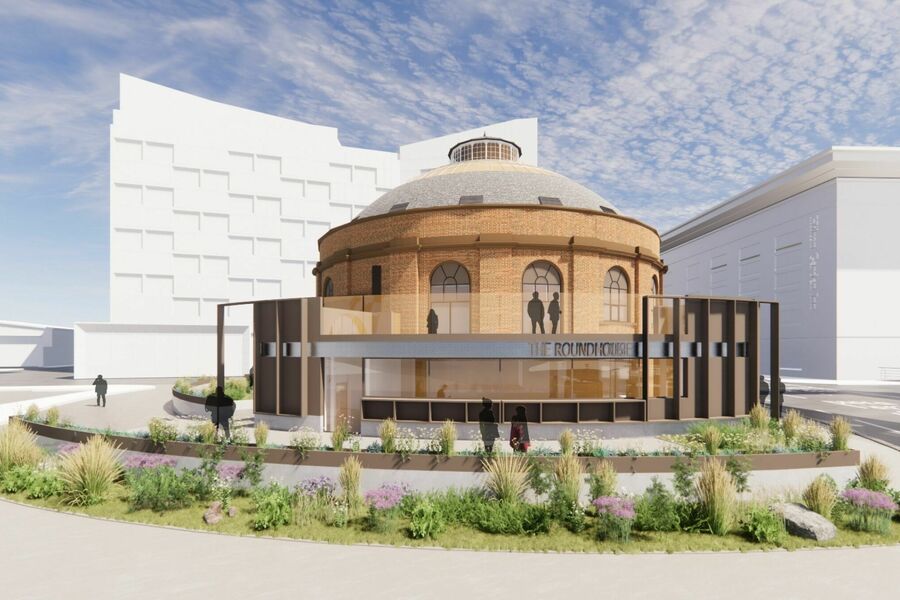
North Rotunda
Re-imagining Glasgow's historic North Rotunda
